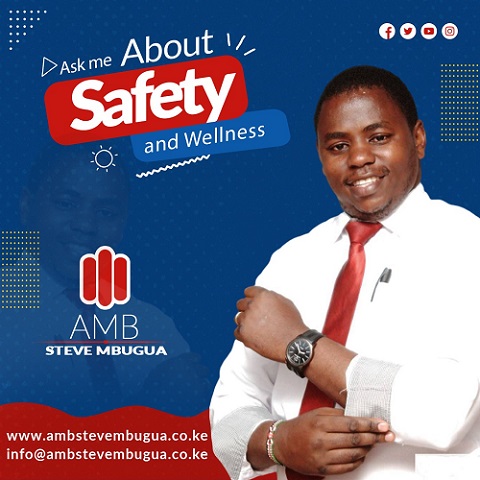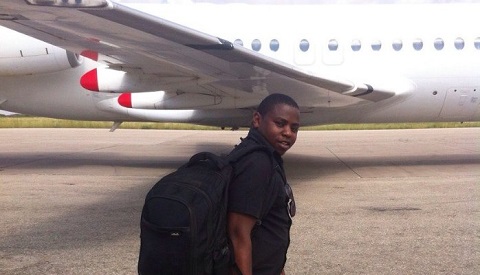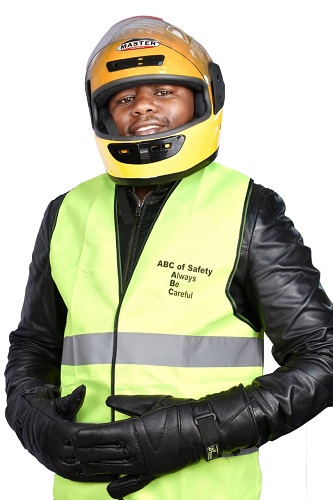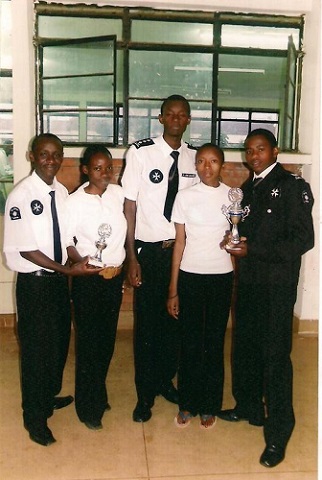Occupational health and safety (OHS) practices can vary significantly depending on the work environment. Traditional workplaces, wilderness settings, and remote locations each present unique challenges and require tailored safety approaches. Here’s a detailed examination of OHS practices for each of these settings:
1. Traditional Workplaces
**1.1. Office Environments
Hazards:
• Examples: Ergonomic issues, slips, trips, and falls, electrical hazards, and indoor air quality.
• Explanation: Typical office hazards include poor ergonomics leading to musculoskeletal disorders, tripping hazards from cables or uneven flooring, and risks from malfunctioning electrical equipment.
Safety Measures:
• Ergonomic Assessments: Ensure workstations are set up to promote good posture and reduce strain.
• Regular Inspections: Check for potential hazards like loose cables and faulty equipment.
• Air Quality Monitoring: Maintain good ventilation and address any sources of indoor air pollution.
**1.2. Industrial and Manufacturing Settings
Hazards:
• Examples: Machinery and equipment hazards, chemical exposure, noise, and confined spaces.
• Explanation: Risks include physical injuries from machinery, respiratory issues from chemical fumes, hearing loss from loud environments, and dangers associated with working in confined spaces.
Safety Measures:
• Personal Protective Equipment (PPE): Use appropriate PPE such as gloves, ear protection, and respiratory masks.
• Machine Guarding: Implement safety guards and interlock systems on machinery.
• Training: Provide comprehensive training on equipment use and emergency procedures.
**1.3. Retail and Service Industries
Hazards:
• Examples: Lifting and carrying injuries, slips, trips, and falls, and customer-related incidents.
• Explanation: Workers may face injuries from lifting heavy items, slipping on spills, or handling difficult customer interactions.
Safety Measures:
• Safe Lifting Techniques: Train employees in proper lifting techniques and provide mechanical aids.
• Housekeeping: Ensure that floors are clean and free of obstacles.
• Customer Service Training: Train staff in conflict resolution and handling difficult situations.
2. Wilderness Environments
**2.1. Outdoor Fieldwork
Hazards:
• Examples: Extreme weather conditions, wildlife encounters, and terrain-related injuries.
• Explanation: Fieldworkers may face risks from harsh weather, encounters with wildlife, or injuries from uneven terrain and environmental hazards.
Safety Measures:
• Weather Preparedness: Equip workers with appropriate clothing and gear for weather conditions.
• Wildlife Safety: Provide training on how to avoid and handle wildlife encounters.
• First Aid Training: Ensure that workers are trained in first aid and have access to first aid kits.
**2.2. Forest and Agricultural Work
Hazards:
• Examples: Machinery accidents, pesticide exposure, and heat stress.
• Explanation: Risks include injuries from machinery, health issues from chemical exposure, and heat-related illnesses.
Safety Measures:
• PPE: Use appropriate PPE for handling machinery and chemicals.
• Heat Stress Management: Implement measures such as hydration breaks and monitoring for signs of heat stress.
• Training: Provide training on safe use of machinery and handling of pesticides.
3. Remote Locations
**3.1. Remote Construction Sites
Hazards:
• Examples: Limited access to medical facilities, isolation risks, and logistical challenges.
• Explanation: Remote construction sites may be far from medical facilities, increasing risks associated with accidents and emergencies.
Safety Measures:
• Emergency Response Plans: Develop detailed emergency response plans, including evacuation procedures.
• Communication Systems: Ensure reliable communication systems are in place for emergency situations.
• Medical Training: Train workers in first aid and basic medical care, and have a well-stocked first aid kit on-site.
**3.2. Mining and Oil Extraction
Hazards:
• Examples: Explosive hazards, confined spaces, and exposure to toxic substances.
• Explanation: Mining and oil extraction often involve high-risk activities such as handling explosives, working in confined spaces, and exposure to hazardous substances.
Safety Measures:
• Explosive Safety: Follow strict protocols for handling and storing explosives.
• Ventilation: Ensure proper ventilation in confined spaces to prevent buildup of toxic gases.
• Health Monitoring: Conduct regular health checks and provide PPE to mitigate exposure to harmful substances.
**3.3. Expedition and Research
Hazards:
• Examples: Extreme environmental conditions, logistical issues, and health risks.
• Explanation: Expeditions and research in remote areas may face extreme environmental conditions, difficulties in logistics, and health risks due to isolation.
Safety Measures:
• Preparation and Planning: Thoroughly plan expeditions, including risk assessments and emergency plans.
• Medical Support: Equip teams with medical supplies and ensure access to telemedicine services.
• Survival Training: Provide survival and emergency training for team members.
Occupational health and safety practices must be tailored to the specific hazards and challenges of each work environment. Traditional workplaces focus on managing everyday hazards and ensuring compliance with safety regulations. Wilderness environments require preparation for natural hazards and environmental conditions. Remote locations present unique challenges related to isolation, access to medical care, and logistical issues. By addressing these diverse safety needs with targeted measures and training, organizations can ensure the health and safety of their workforce across various settings.
READ MORE
Ambassador Of Safety
Safety Products
A Positive Safety Culture



















